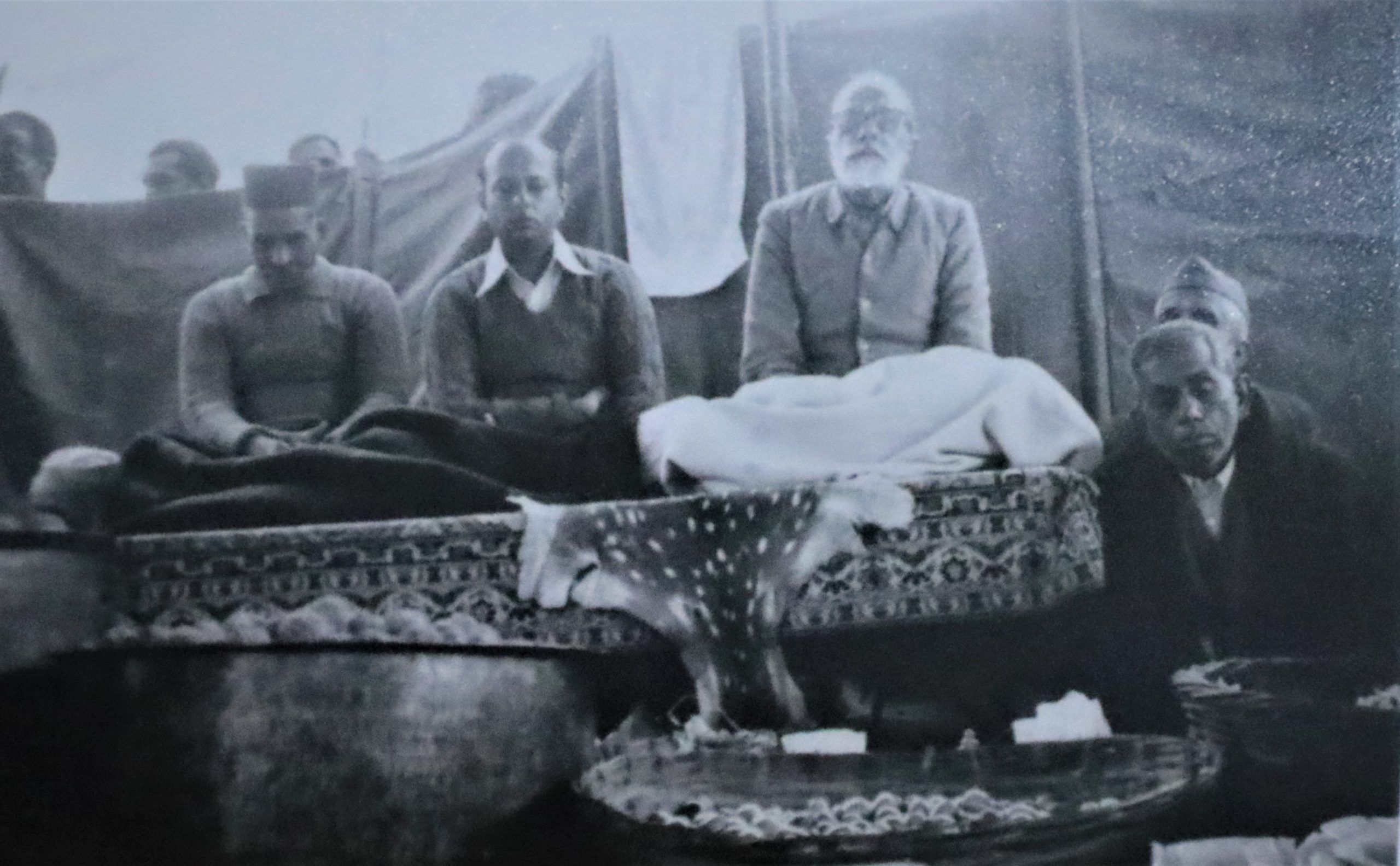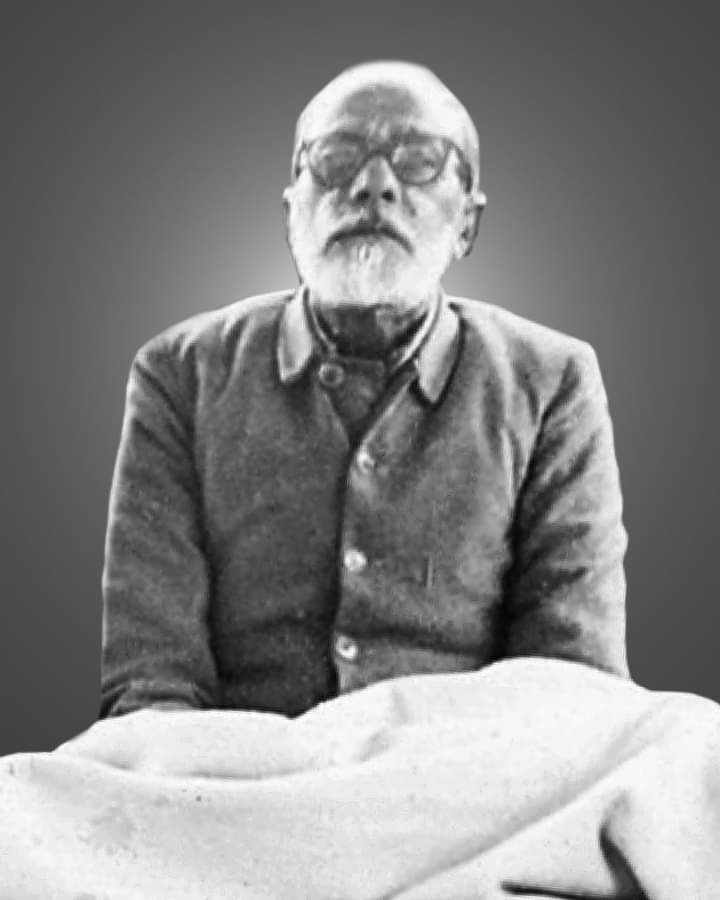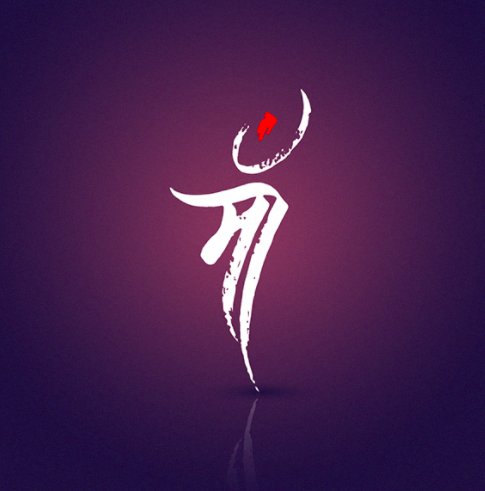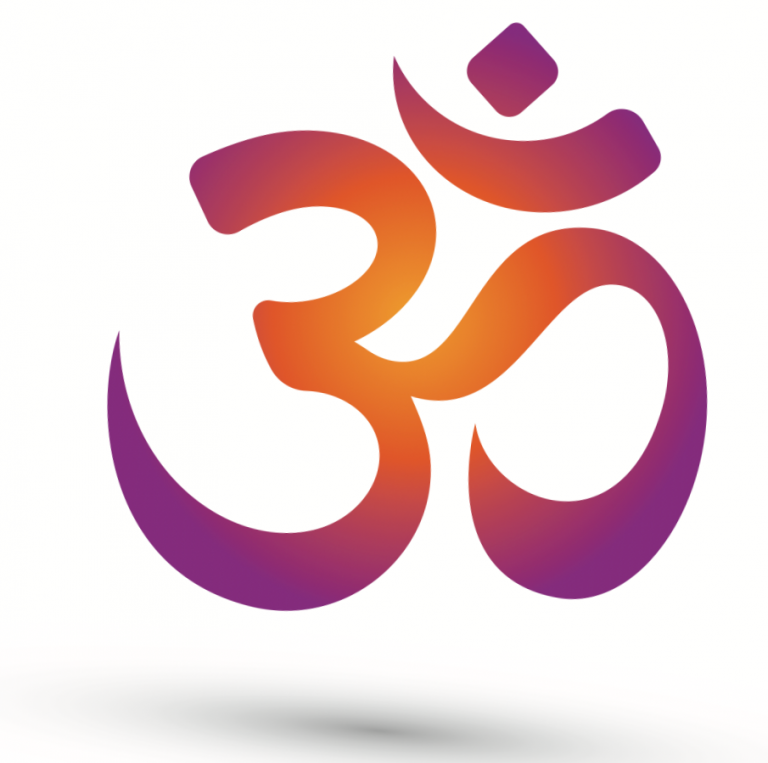When we pray to God, we need to do it with complete faith. We send our prayers to God each day, but we always feel that our prayers are not answered. Why? Prayers reach God only when it is combined with feelings or emotions. These emotions of relinquishment & selflessness make you go into a state where you lose awareness of yourself as a person and you become one with him. Only then can your prayers reach God. As long as you are aware of yourself as a person or an entity your prayers cannot reach God.
In Ramashram Satsang Mathura, two prayers are sung before meditation. One is called Guru Vandana (Invocation of Guru) and the other Ish Stuti (In praise of the Lord). Through these prayers we seek our own welfare.
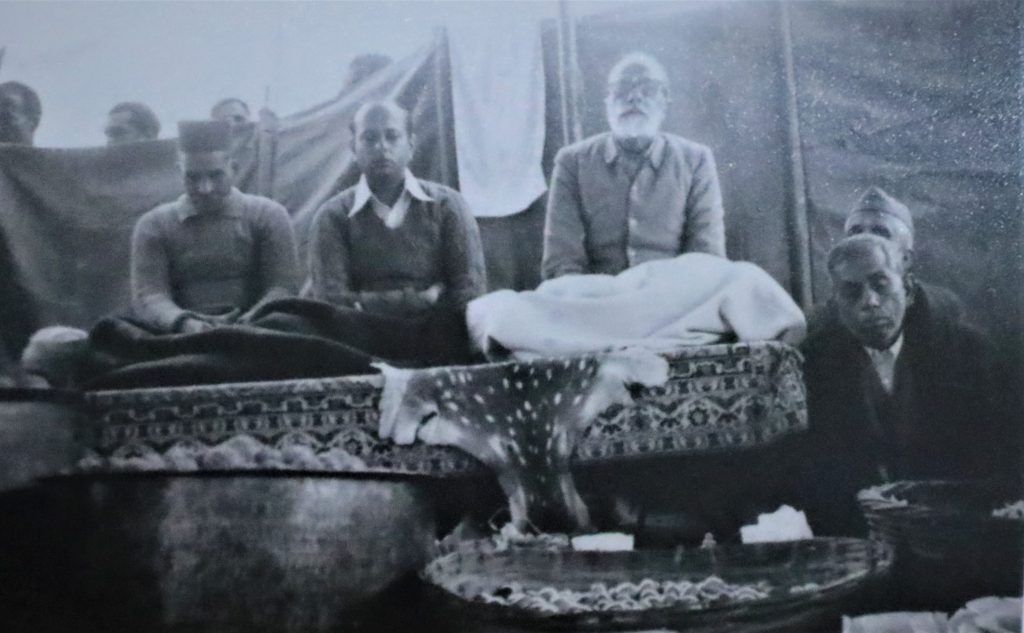
When a seeker starts meditation, there are three points or entities in front of him. God, Guru and he himself. The goal is to merge all of them into one through the combined practice of prayer and meditation.
In the first prayer, the focus is the Guru and nothing else. Our prayers are addressed to the Guru in his illuminated form.
When we begin the second prayer we move our focus to Guru as God and prayer in that illuminated form.
After this, you start the meditation by receiving his divine light into your heart and focus on that light over there. At this stage the Guru and God get merged for the disciple. When this happens, we forget the outside world. Slowly-slowly, comes a state when we lose the awareness about ourselves and merge in the divine form of our Guru. A situation where we do not even feel about ourselves is called ‘Samadhi’ which is the highest state of meditation.
The process here is called ‘Drashta Yog’ or Upasana Yog. In this system the disciple is just an observer while the Guru and his power is at work.It is in the ‘Realm of Mind’ or Manomaya Kosh and when we reach the state of Samadhi, three tasks are accomplished.
First, we are only aware of the light and lose the awareness of the outside world. At this point, all thoughts disappear except the divine light. The mind is happy because there are no thoughts. In this state we experience happiness or bliss.
Next, when we continue in meditation, this light gradually disappears. At this stage the energy of the Guru starts the process of internal cleansing. It is mentioned in hindi epic Ramayana that ‘Only people with clean and pure heart and mind achieve realization of God.’ The seeker who was up till now experiencing happiness or bliss, is now in a dream-like condition were thoughts approach him as uncontrolled ocean waves. The seeker is perturbed and thinks he has fallen from a position of grace. In reality, this is the process of internal cleansing. The sanskars, the ethos and subconscious impressions of all earlier births, starts getting dissipated. Hence, we should not panic with this condition as it comes on every seeker and stays from few months to few years.
Finally, a state will come where your mind will be clean and calm. In scriptures, these three stages are called ‘Jaagrat’ or awakened Samadhi, ‘Swapna’ or dream Samadhi and ‘Sushupti’ or Sleep Samadhi. Therefore, whenever you pray to God or Guru, do so in such a way that finally you lose awareness of yourself.
Written by Dr. Narendra Kumar, fondly called Chote Bhaiya or Papa Ji. Translated from Sadhan, December 2010 edition by Anit Sekhar.

